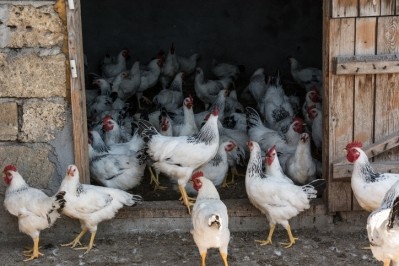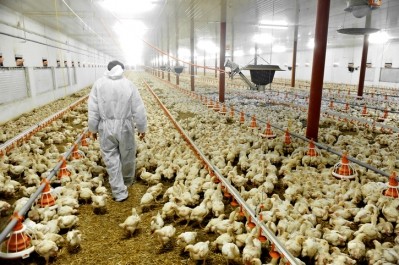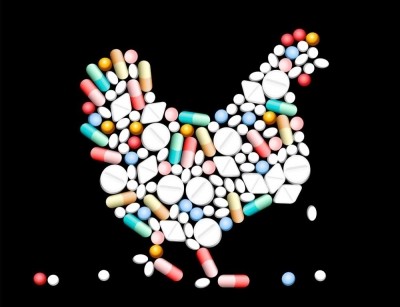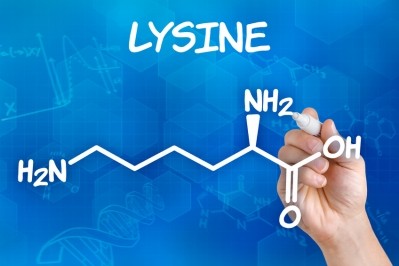Lessons from the slow-grown approach to poultry production
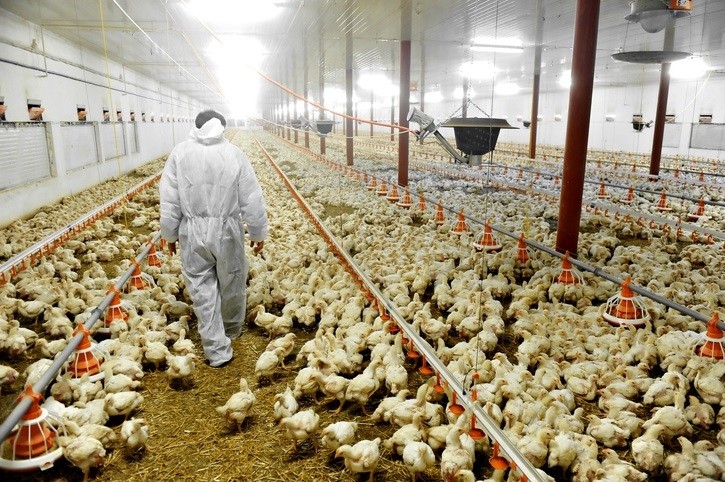
In her presentation on ‘feeding and management of slow growing broilers’ at the Society of Feed Technologists’ annual poultry conference, Evelyne Delezie told delegates that the composition of a slow-growing broiler diet was less critical than that of a fast-growing broiler.
“The main conclusions from published research are that it is only possible to make a small downwards adjustment to the energy content of slow-growing broiler diets, as their feed intake is lower in the first place. They do need a certain amount of energy so you can’t lower that too much.”
She said that the costs of an increased feed requirement for a slow-growing broiler over its lifetime could be slightly offset by lowering protein and amino acid levels and incorporating increased fiber and less digestible co-products into feed formulations, without negative effects on performance.
“A 2017 study found that levels of the amino acid, methionine, could be lowered in slow-growing broiler diets without affecting performance;” said Delezie.
Delezie acknowledged that “slow-growing broilers can’t feed the world” and will only ever be a “niche” in the market, owing to the higher production costs, environmental footprint and reduced carcass yield associated with this poultry production approach.
Move to the ‘mid’ fast-growing broiler
However, she argued that a slight reduction in growth rate to a “mid fast-growing broiler” could reduce some of the adverse effects that have been observed in fast-growing broilers and are caused by high feed intake.
“The average body weight of a fast-growing broiler was 1.5kg after 42 days in the 1980s; in 2015, this had risen to 3kg [mean value for males]. The main explanations are selection (80-90%) and changes to feed and management (10-20%),” said Delezie.
However, this gain of 45g per year since the 1980s has come at a cost to broiler health and welfare, she said.
“The increase in feed intake can lead to reduced gut health and metabolic diseases, both of which are linked to increased rejections at slaughterhouses and use of antibiotics.”
A backlash against ‘plofkip’ chickens has created a market for slow-growing animals in countries like France, the UK, Belgium and The Netherlands. These birds gain weight at a much slower rate of up to 50g per day and have a much lower feed intake.
Belgian scientific institute ILVO carried out a study to compare the performance of these slow-growing broilers with fast-growing birds. This found that the fast-growing Ross had already reached its target weight of 2.5kg after 40 days, whereas the slow-growing Sasso breed took 62 days to reach the same weight.
“The growth potential of the slow-growing birds was half that of fast-growing broilers,” said Delezie.
Over their lifespan, feed intake was 40-50% higher and feed conversion was higher for the slow-growing birds. Body weight was 50% lower and when carcass composition was compared, the slow-growing birds yielded a lower percentage of breast meat and a higher percentage of drumstick meat.
Combined, these factors showed that slow-growing broilers are far less efficient than fast-growing ones.
“The take-home message was that we cannot use slow-growing broilers for feeding the world, but I believe there is potential for eliminating some of the problems of fast-growth production. Selection has come a long way, but we might have to take a step back to benefit from the efficiency of fast-growth broilers without the negative effects,” said Delezie.
